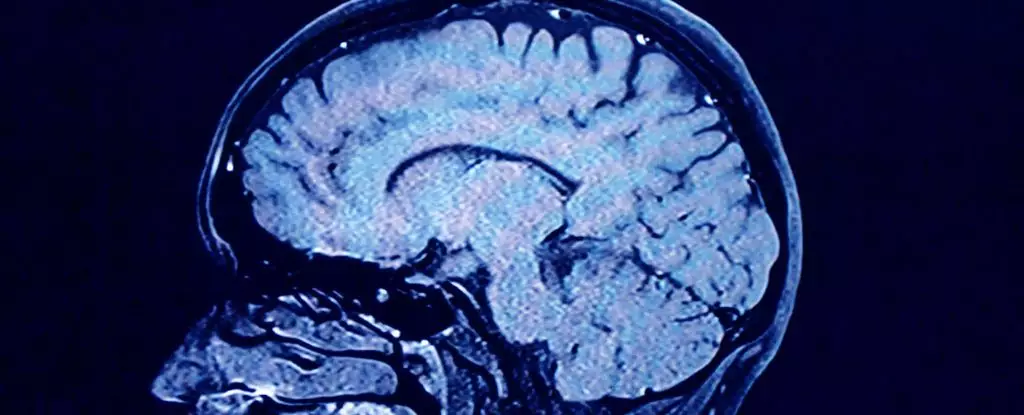The COVID-19 pandemic has introduced a myriad of health concerns, notably long COVID, a condition affecting an estimated 5 to 10% of individuals post-infection. Defined by symptoms that persist for three months or longer, long COVID has activated the curiosity and concern of scientists and healthcare workers alike. Although numerous hypotheses have been proposed to elucidate the underlying mechanisms of long COVID, new perspectives suggest that the virus itself may linger in the body, intensifying post-infection complications. This article explores the growing evidence surrounding viral persistence as a critical factor in the manifestation of long COVID.
The Concept of Viral Persistence
The notion of viral persistence is not entirely new; from the onset of the pandemic, researchers have recognized that SARS-CoV-2, the virus responsible for COVID-19, may not completely clear from the body in all cases. This enduring presence can occur in disparate tissues, leading to prolonged symptoms and complications. The concept of lingering viral remnants has garnered increasing attention as scientists work to understand the phenomenon of long COVID. Central to this discussion is the question: is live virus residing in the bodies of individuals long after symptoms wane, or are we merely detecting non-infectious viral fragments?
This distinction holds great significance. If live virus persists, it presents avenues for targeted antiviral treatments that could mitigate long-term symptoms. Conversely, if only inactive viral components remain, the approach to treatment may require a different strategy altogether.
Recent studies have amassed compelling evidence supporting the idea of viral persistence as a contributor to long COVID. For instance, a February study published in *Nature* revealed that individuals with milder COVID-19 infections demonstrated prolonged viral shedding of genetic material (viral RNA) from their respiratory systems. Notably, those exhibiting a persistent presence of this viral RNA were at a heightened risk for developing long COVID.
Additional investigations have detected replicating viral RNA and proteins in bodily fluids years after the initial infection, suggesting reservoirs where the virus may thrive, potentially including blood cells. Another pivotal study identified viral RNA across ten different tissue sites, revealing a correlation between persistent viral presence and the likelihood of long COVID, particularly in the gastrointestinal tract—an area identified as a potential long-term viral sanctuary.
While the idea of confirmed live viral persistence remains elusive, these studies collectively challenge the prevailing perception of post-COVID illnesses and endorse a more nuanced understanding of symptomatology.
Understanding the implications of viral persistence extends beyond the realm of basic research; it could shape clinical approaches to managing long COVID. The compelling evidence emphasizing the association between continuous viral presence and the risk of long COVID urges a shift in treatment paradigms. It creates an impetus for expedited trials of established antiviral medications, as well as novel therapies, to address this pressing health issue.
In lieu of definitive proof isolating the live virus remains a technical hurdle, but the molecular evidence calls for urgent action. The scientific community’s momentum towards developing clinical trial platforms and therapeutic advancements is essential for translating research insights into clinically relevant applications.
Beyond the clinical implications of this research, the notion of viral persistence should catalyze public understanding of long COVID. Awareness of “long infection” as a potential cause can demystify its consequences, fostering a more informed populace. Anticipating that subsequent infections may similarly lead to long-term health issues, it becomes essential for communities to recognize the importance of preventive measures in curbing viral transmission.
Good ventilation, wearing high-quality masks, and ongoing testing remain critical strategies. The acknowledgment that each COVID-19 infection carries the risk of developing long COVID informs public health initiatives and encourages individuals to take a proactive stance in safeguarding their health.
The persistent challenges posed by COVID-19 and particularly long COVID highlight the importance of ongoing research into the mechanisms of the virus. As the scientific community pieces together the puzzle of viral persistence, the insights gleaned could facilitate improved therapeutic approaches and an empowered populace. Increasing awareness about the complexities of long COVID not only equips individuals with the knowledge to protect themselves and their communities but also underscores the necessity for health professionals to take the condition seriously. As we navigate this public health crisis, the pursuit of understanding and addressing long COVID remains an essential aspect of COVID-19 research and response.


Leave a Reply